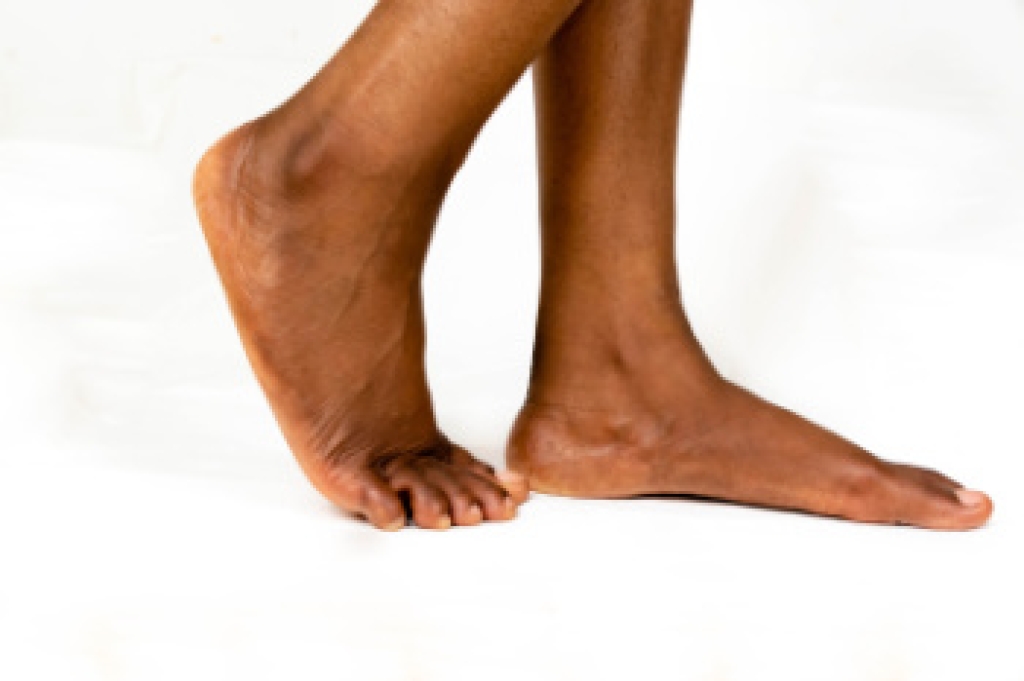
Children can experience several types of foot deformities that affect comfort and development. Flat feet occur when the arch does not form properly, leading to tired or achy feet. Talipes calcaneus involves excessive upward bending of the foot, often seen in newborns. In-toeing is when the feet point inward during walking and may result from hip, leg, or foot alignment issues. Talipes equinus limits upward motion of the ankle, causing a child to walk on the toes. A podiatrist can identify the cause of each condition, offer supportive care, guide proper development, and recommend treatments such as stretching programs, orthotics, or monitoring growth patterns. If you have concerns about your child’s foot development, it is suggested that you schedule a visit with a podiatrist for an expert evaluation and professional guidance.
Making sure that your children maintain good foot health is very important as they grow. If you have any questions, contact Scott Samera, DPM of Samera / Foot + Ankle. Our doctor can provide the care you need to keep you pain-free and on your feet.
Keeping Children's Feet Healthy
Having healthy feet during childhood can help prevent medical problems later in life, namely in the back and legs. As children grow, their feet require different types of care. Here are some things to consider...
Although babies do not walk yet, it is still very important to take care of their feet.
Avoid putting tight shoes or socks on his or her feet.
Allow the baby to stretch and kick his or her feet to feel comfortable.
As a toddler, kids are now on the move and begin to develop differently. At this age, toddlers are getting a feel for walking, so don’t be alarmed if your toddler is unsteady or ‘walks funny’.
As your child gets older, it is important to teach them how to take care of their feet.
Show them proper hygiene to prevent infections such as fungus.
Be watchful for any pain or injury.
Have all injuries checked by a doctor as soon as possible.
Comfortable, protective shoes should always be worn, especially at play.
If you have any questions, please feel free to contact our office located in Lake City and Branford, FL . We offer the newest diagnostic and treatment technologies for all your foot care needs.








